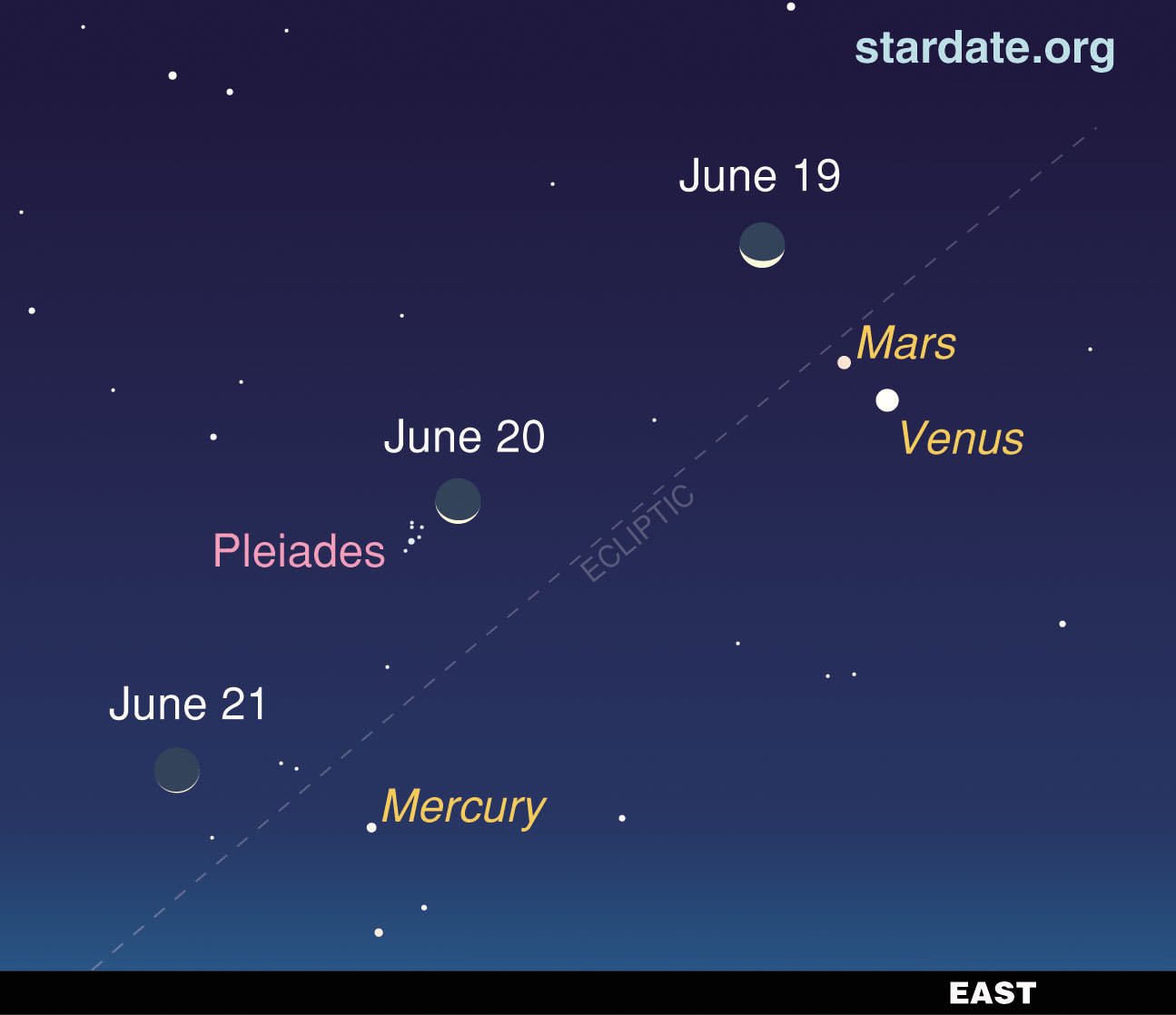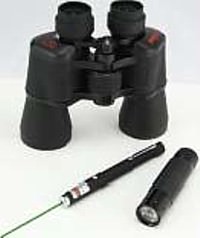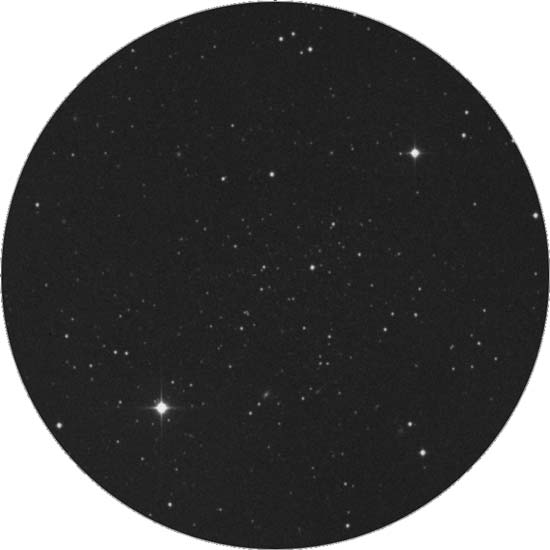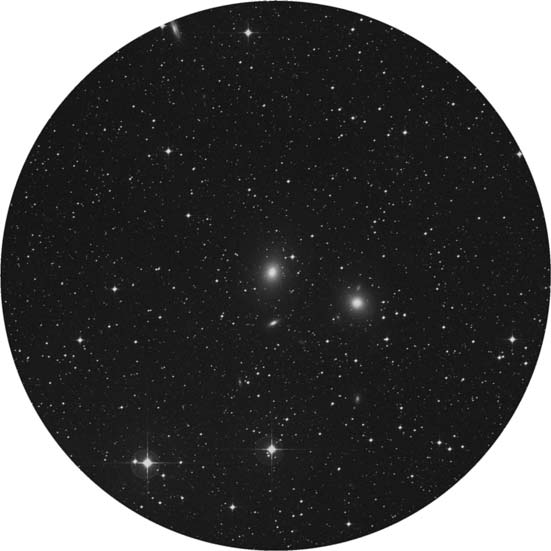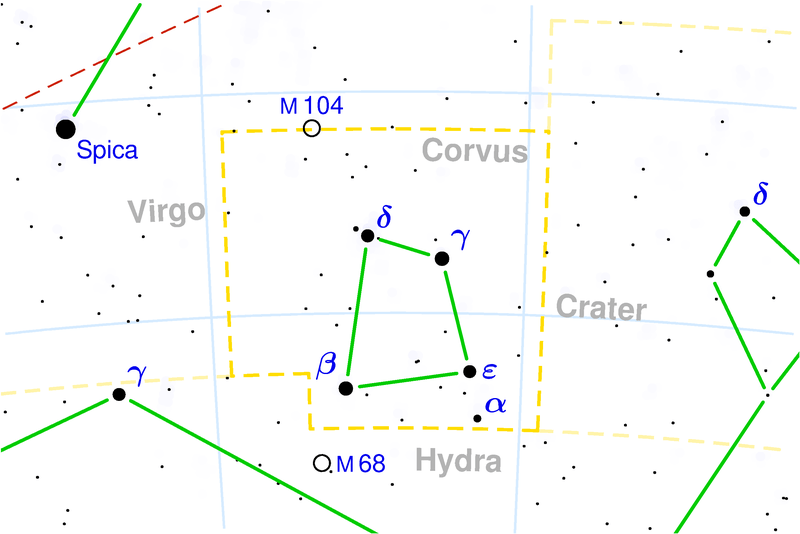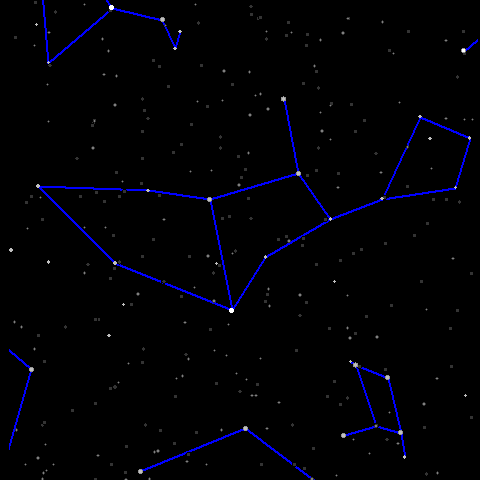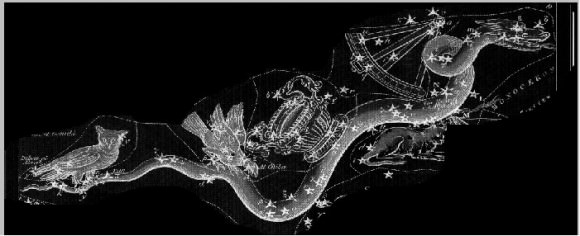“Baby, breakdown, go ahead give it to me… Breakdown, honey take me through the night. Breakdown, Im standing here, can you see? Breakdown, it’s all right… It’s all right… It’s all right.”. Oh, hi! Were you watching the IYA Live Telescope today? If you were, then you know that we encountered a real “bug” shortly after we aimed at NGC 6302. That’s right. A bipolar nebula caused our little telescope to go bipolar and blow a gasket. But don’t you worry! Dr. Bert “Can Do” is on the scene and fixing things up again. In the mean time, he did manage to capture some live footage of NGC 6302 before we went down and we’re here to share…
NGC 6302 (also called the Bug Nebula or Butterfly Nebula), is a bipolar planetary nebula in the constellation Scorpius. It is one of the most interesting and complex planetary nebulae observed. The spectrum of NGC 6302 shows its central star is one of the hottest objects in the galaxy, with a surface temperature in excess of 200,000 K, implying that the star from which it formed must have been very large. The central star has never been observed and is surrounded by a particularly dense equatorial disc composed of gas and dust. This dense disc is postulated to have caused the star’s outflows to form a bipolar structure (Gurzadyan 1997), similar to an hour-glass. This bipolar structure shows many interesting features seen in planetary nebulae such as ionization walls, knots and sharp edges to the lobes.
As it is included in the New General Catalogue, this object has been known since at least 1888. The earliest known study of NGC 6302 is Edward Emerson Barnard who, in 1907, drew and described it. (Meaburn et al. 2005). Since then it has been the focus of many works and displays many interesting characteristics worthy of study. Interest in recent years has shifted from discussions over the excitation method in the nebula (shock-excitation or photo-ionisation) to the properties of the large dust component.
NGC 6302 has a complex morphology which may be approximated as bipolar with two primary lobes, though there is evidence for a second pair of lobes that may have belonged to a previous phase of mass loss A dark lane runs through the waist of the PN obscuring the central star at all wavelengths. Observations of NGC 6302 suggest that there may be an orthogonal skirt (or chakram) similar to that found in Menzel 3. (Meaburn et al. 2005). The nebula is orientated at an angle of 12.8° against the plane of the sky.
This PN contains a prominent North-West lobe which extends up to 3?.0 away from the central star and is estimated to have formed from an eruptive event around 1,900 years ago. It has a circular part whose walls precisely follow a Hubble-type outflow (where outflow speed is proportional to distance from the central source). At an angular distance of 1?.71 from the central star, the flow velocity of this lobe is measured to be 263 km/s. At the extreme periphery of the lobe, the outward velocity exceeds 600 km/s. The western edge of the lobe displays characteristics suggestive of a collision with pre-existing globules of gas which modified the outflow in that region. (Meaburn et al. 2005)
The prominent dark lane that runs through the centre of the nebula has been shown to have an extraordinary dust chemistry, showing evidence for multiple crystalline silicates and features that have been interpreted by some to be the first extra-solar detection of carbonates. This detection has been disputed, due to the difficulties in forming carbonates in a non-aqueous environment. Other solid state features detected include crystalline water ice and quartz.
One of the most interesting characteristics of the dust detected in NGC 6302 is the existence of both oxygen-rich (i.e. silicates) and carbon-rich (i.e. poly-aromatic-hydrocarbons or PAHs) material. Stars are usually either O-rich or C-rich, the change from the former to the latter occurring late in the evolution of the star due to nuclear and chemical changes in the star’s atmosphere. When a star or nebula is observed to have a dual chemistry it is indicative of a recent change from O-rich chemistry to C-rich chemistry.
Look for the IYA Live Telescope to be up and running again soon, so keep on checking the link to the right and we’ll see you when skies are clear and dark in central Victoria! Ciao for now…
(Factual Information Source: Wikipedia)



